When you pick up a prescription and see a generic label instead of the brand name, you’re seeing the result of one of the most successful public health policies in modern medicine. But how does the FDA actually approve these cheaper versions of brand-name drugs? It’s not just a matter of copying the pill. There’s a strict, science-backed legal system behind it - one that’s been saving U.S. patients billions every year.
The Hatch-Waxman Act: The Legal Foundation
The entire system of generic drug approval in the U.S. traces back to a single law: the Drug Price Competition and Patent Term Restoration Act of 1984. Better known as the Hatch-Waxman Act, this legislation was designed to strike a balance. On one side, it gave brand-name drug companies extra patent protection to recover the cost of research. On the other, it created a clear, faster path for generic manufacturers to bring low-cost alternatives to market.Before Hatch-Waxman, generic companies had to repeat every clinical trial the original drug maker did - an expensive, time-consuming process that made generics nearly impossible to develop. The law changed that by creating the Abbreviated New Drug Application, or ANDA. This allowed generics to rely on the FDA’s existing data proving the brand drug was safe and effective. No need to test the active ingredient again. Just prove your version works the same way in the body.
That’s not a loophole. It’s a deliberate design. The FDA doesn’t lower standards. It just avoids repeating work that’s already been done. The result? Today, 9 out of every 10 prescriptions filled in the U.S. are for generic drugs. That’s over 4 billion prescriptions a year - all made possible by this 1984 law.
What the FDA Actually Requires
Getting FDA approval for a generic isn’t about matching the color or shape of the pill. It’s about matching how the drug behaves in your body. The FDA demands four key things:- Same active ingredient: The generic must contain the exact same medicine as the brand. No substitutions. No shortcuts.
- Same strength, dosage form, and route: If the brand is a 20mg tablet taken by mouth, the generic must be identical. No capsules, no injections, no higher doses.
- Same use and labeling: The generic can’t be marketed for different conditions. The warning labels, dosage instructions, and side effects must match.
- Bioequivalence: This is the most critical part. The generic must deliver the same amount of medicine into your bloodstream at the same rate as the brand. That’s proven through studies with 24-36 healthy volunteers. Blood samples are taken over time to measure how quickly the drug is absorbed and how long it stays in the system.
Even the manufacturing standards are identical. The same Good Manufacturing Practices (GMP) that apply to brand-name drugs apply to generics. The FDA inspects the same factories - sometimes even the same production lines - that make the original. A 2023 report found that 97% of generic manufacturing sites passed inspection on the first try.
The ANDA Submission Process
The journey from idea to approved generic starts with an ANDA. It’s not a simple form. It’s a 1,000+ page dossier that includes:- Chemistry, Manufacturing, and Controls (CMC) data - showing how the drug is made, tested, and stabilized
- Details on every facility involved - from the raw material supplier to the packaging plant
- Proposed labeling - exactly matching the brand’s
- Bioequivalence study reports - conducted in FDA-approved labs
The FDA’s Office of Generic Drugs (OGD) reviews each application. Under the Generic Drug User Fee Amendments (GDUFA), the agency has performance goals: 10 months for standard applications, 8 months for priority ones. Priority status is given to generics that address drug shortages or are the first to market for a brand-name drug.
But not every application gets approved on the first try. About 40% of new ANDAs get a Refuse-to-Receive (RTR) letter - meaning they’re incomplete or missing key data. That means the company has to pay another filing fee and resubmit. Experienced manufacturers have learned to get it right the first time. First-time applicants often face multiple review cycles.
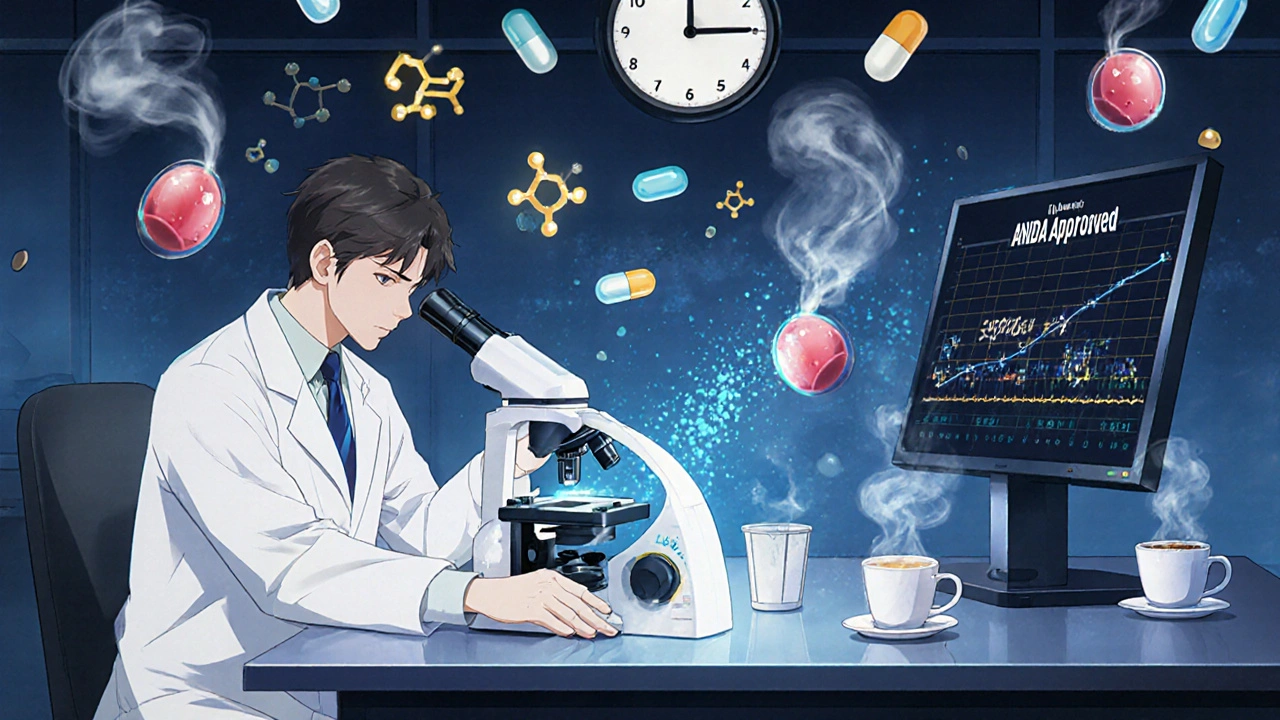
Patents and Market Exclusivity: The Hidden Delays
Here’s where things get complicated. Even if your generic is scientifically perfect, you might still be blocked.The Hatch-Waxman Act lets generic companies challenge patents on brand-name drugs. They do this through a “Paragraph IV certification.” If they do, the brand company has 45 days to sue for patent infringement. If they do, the FDA can’t approve the generic for up to 30 months - even if the generic is ready.
This is why some generics take years to appear, even after the brand’s patent expires. It’s not the FDA holding things up. It’s legal battles. Some brand companies file dozens of patents on minor changes - like coating or packaging - to extend their monopoly. These are called “patent thickets.” The FDA has started pushing back, especially on drugs with no real innovation.
On the flip side, the first generic to file a successful Paragraph IV certification gets 180 days of market exclusivity. No other generics can enter during that time. That’s why you’ll often see just one or two generic versions available right after a brand expires - then more appear months later.
Complex Generics: Where the System Struggles
The ANDA process works beautifully for simple pills. But it’s not built for everything.Inhalers, injectable suspensions, topical creams, and extended-release tablets are harder to copy. Why? Because their effectiveness depends on how they’re made - not just what’s inside. A generic inhaler might have the same active ingredient, but if the propellant or nozzle design is different, the drug might not reach the lungs the same way.
The FDA calls these “complex generics.” They require more than bioequivalence studies. They need advanced testing - like particle size analysis, dissolution profiles, or even clinical endpoint studies. The agency launched its Complex Generic Drug Product Development Resources initiative in 2023 to help manufacturers navigate this. Still, approval times for these products are longer, and fewer companies have the expertise to tackle them.
Why This Matters: Cost, Access, and Public Health
The impact isn’t theoretical. In 2023, Americans saved an estimated $371 billion by using generics instead of brand-name drugs. That’s $1,100 per person - per year.When the FDA approved the first generic version of Vivitrol (naltrexone extended-release injection) in 2023, it wasn’t just about cost. It was about access. The opioid crisis was still raging. The brand version cost over $1,000 per injection. The generic brought it down to under $300. That meant more patients could get treatment.
And it’s not just patients. Hospitals, pharmacies, Medicaid, and Medicare all rely on generics to stay within budget. Without them, many treatment programs would collapse under the weight of drug costs.
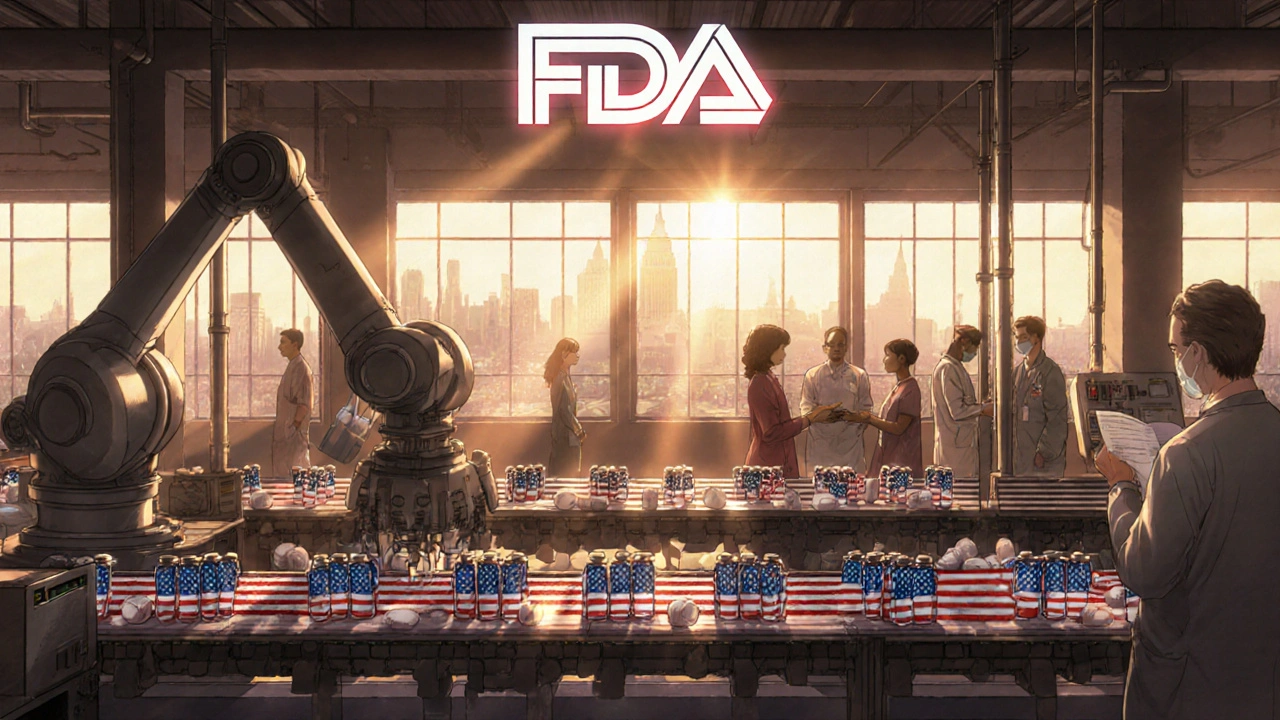
What’s New in 2025
The FDA announced a new pilot program on October 3, 2025, aimed at speeding up reviews for generic drugs that are both tested and manufactured in the United States. The goal? To reduce reliance on overseas supply chains and strengthen domestic pharmaceutical production.Companies that meet the criteria - including U.S.-based manufacturing and testing - can get their ANDAs reviewed faster. It’s a small change, but it signals a bigger shift: the U.S. government is now actively rewarding domestic production, not just cheaper drugs.
Meanwhile, the FDA continues to improve its review quality. First-cycle approval rates have climbed to 65% in 2024, up from 52% in 2020. That means fewer delays, fewer resubmissions, and faster access to affordable medicine.
Who Makes These Generics?
The market is dominated by a few big players: Teva, Sandoz, Mylan (now part of Viatris), and Amneal. But there’s also a growing group of smaller companies focusing on complex generics and niche markets.The Orange Book - officially titled “Approved Drug Products with Therapeutic Equivalence Evaluations” - lists every approved generic and its patent status. It’s the roadmap for when a generic can enter the market. Pharmacists and insurers use it daily to decide which drugs to substitute.
And while the U.S. leads in generic approval, other countries have different rules. In Europe, for example, bioequivalence studies are often done with fewer participants. In India, manufacturing standards vary. The FDA’s system remains the gold standard - strict, transparent, and science-driven.
What Patients Should Know
If your doctor prescribes a brand-name drug and you’re given a generic instead, don’t worry. It’s not a downgrade. It’s a scientifically proven alternative.Some people report feeling different on a generic. That’s usually because of inactive ingredients - like dyes or fillers - not the medicine itself. If you have allergies or sensitivities, talk to your pharmacist. But for 99% of patients, the generic works exactly the same.
And if your insurance won’t cover the brand, it’s not because they’re trying to save money. It’s because the law requires them to prefer generics when they’re available. That’s the system working as intended.
Are generic drugs as safe as brand-name drugs?
Yes. The FDA requires that generic drugs meet the same strict standards for quality, strength, purity, and stability as brand-name drugs. They’re made in the same type of facilities, under the same inspections, and tested the same way. The only difference is the price.
Why do generic drugs look different from brand-name drugs?
By law, generics can’t look identical to the brand because of trademark rules. That’s why color, shape, or size might be different. But the active ingredient, dosage, and how it works in your body are the same. The differences are only in inactive ingredients like dyes or fillers.
How long does it take for a generic to be approved after a brand’s patent expires?
It can take anywhere from a few months to several years. If no one challenges the patent, a generic can be approved as soon as the patent expires - often within 10 months of submission. But if a brand company sues for infringement, the FDA can’t approve the generic for up to 30 months. The first company to file a successful patent challenge gets 180 days of exclusivity.
Can a generic drug be recalled?
Yes. All drugs - brand and generic - are subject to the same recall procedures. If a batch fails quality testing, is contaminated, or has labeling errors, the FDA can require a recall. In 2023, 12 generic drugs were recalled, compared to 8 brand-name drugs. Neither number is high, but it shows the system monitors both equally.
Do all generic drugs come from overseas?
No. While many generic drugs are manufactured in India and China, over 50% of the active ingredients and finished products used in U.S. generics come from U.S.-based facilities. The FDA inspects all sites, whether they’re in Ohio or Odisha. The new 2025 pilot program specifically rewards companies that manufacture and test their generics in the U.S.
For patients, the system works. For manufacturers, it’s tough. For the FDA, it’s a constant balancing act between speed and safety. But the result is clear: millions of people get the medicine they need, at a price they can afford. That’s not luck. It’s law, science, and policy working together.

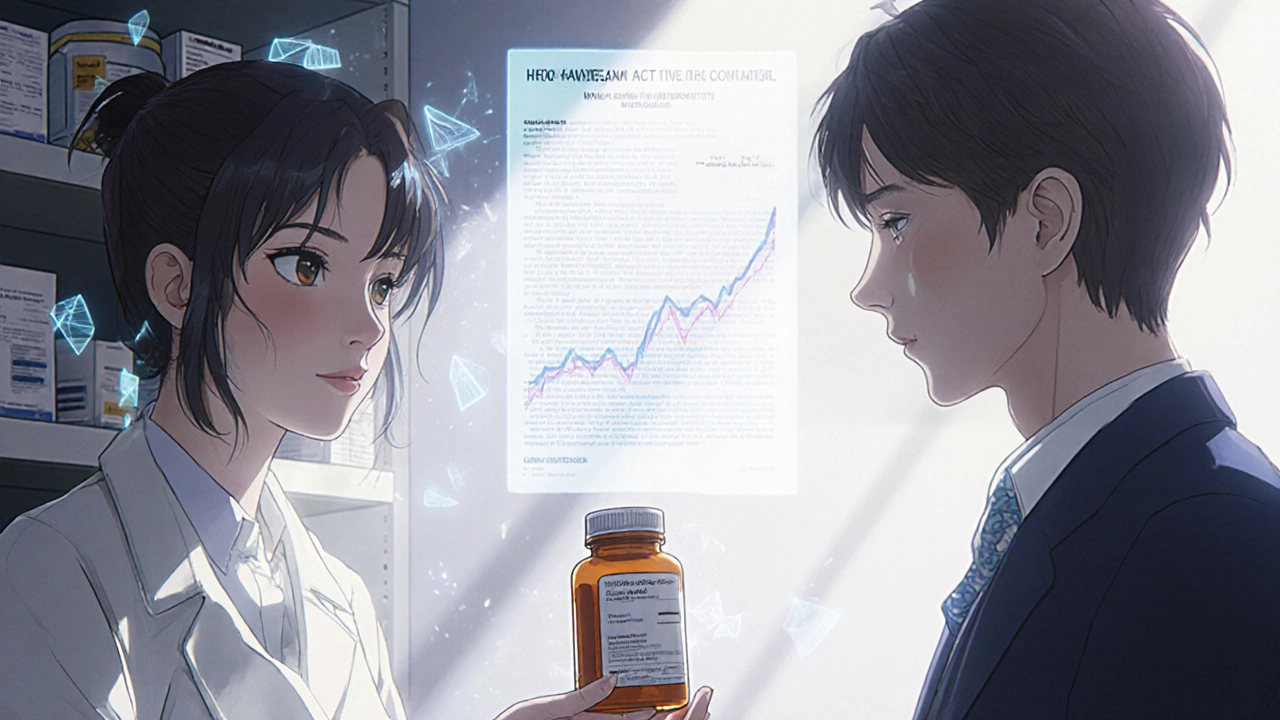

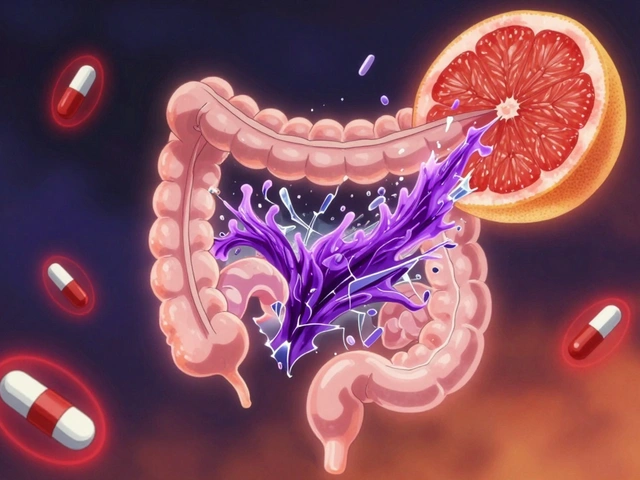
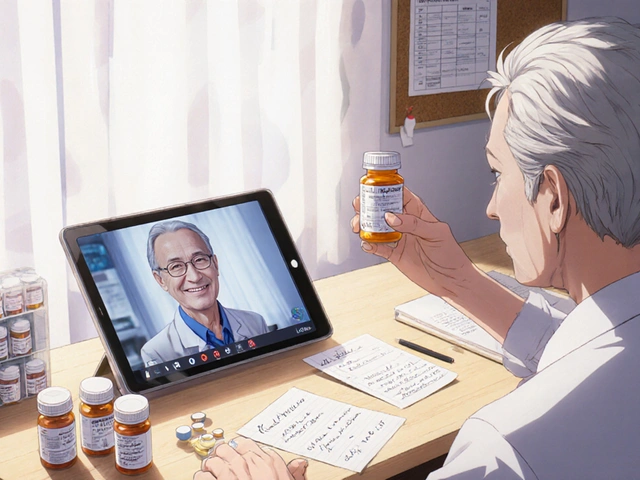

Reviews
It’s fascinating how this whole system was built on a quiet compromise - patent extensions for innovators, and a fast lane for generics - and yet, it’s one of the most elegant pieces of public policy we’ve got. It doesn’t scream for attention, but it saves lives every single day. I think we forget that medicine isn’t just about science; it’s about structure. And this structure? It’s been quietly holding up the entire healthcare system for 40 years. No applause, no headlines, just billions of pills and millions of people breathing easier because someone decided that access mattered more than monopoly.
bioequivalence is the real hero here. Not the patent stuff, not the labeling - the blood levels. If your generic doesn’t hit the same concentration curve as the brand, it’s a no-go. No exceptions. That’s why some people feel weird switching - it’s not the drug, it’s the fillers or the coating. But the active ingredient? Same. Same absorption. Same half-life. Same effect. Trust the science, not the color of the pill.
okay but like… why do we still let pharma companies file 17 patents on a pill that’s literally just a tablet?? like the coating color changes and suddenly it’s ‘innovation’?? this system is broken if the only way to get cheap medicine is to win a legal war. also i cried when i saw the Vivitrol price drop. no joke.
Interesting how the FDA’s first-cycle approval rate climbed from 52% to 65%. That’s not luck - it’s process. Manufacturers are learning. The system is adapting. And yet, we still have this myth that generics are ‘second-rate’. The truth? They’re the backbone. The unsung workhorses. The reason my grandmother can afford her blood pressure med. We need more stories like this, not fewer.
One thing people don’t realize - the ANDA isn’t just a form. It’s a forensic document. Every excipient, every batch number, every manufacturing step is documented. The FDA doesn’t just read it - they verify it. They visit the factories. They check the water quality in the tanks. They test the air in the packaging room. It’s not magic. It’s meticulous. And that’s why, despite all the outsourcing, the U.S. generic supply chain is still one of the safest in the world.
in india we make half the world’s generics but no one talks about how hard it is to get FDA approval. our labs are good, our chemists are brilliant - but the paperwork? the language barrier? the audit trails? it’s like trying to run a marathon in flip-flops. still, we do it. because people need this. not just in america - in africa, in southeast asia. this system? it’s global.
The philosophical underpinning of the Hatch-Waxman Act is not merely economic - it is epistemological. The FDA’s reliance on prior data constitutes a tacit epistemic delegation: the agency acknowledges that scientific knowledge is cumulative, and that redundancy is not virtue but waste. In this sense, the ANDA is not a legal loophole, but a rational epistemic economy - a recognition that truth, once established, need not be re-verified ad infinitum. This is not pragmatism; it is the very essence of scientific progress.
Complex generics are where the system hits its limits. Inhalers, transdermal patches, nanosuspensions - these aren’t just pills with different colors. They’re delivery systems. And bioequivalence alone doesn’t capture pharmacokinetic nuances at the tissue level. The FDA’s 2023 initiative is a step, but it’s underfunded. We need more analytical tools, more standardized in vitro-in vivo correlation models, more collaboration between regulators and academia. Otherwise, we’ll keep seeing delays on life-saving drugs that aren’t simple tablets.
Just want to say - if you’ve ever been on a generic and thought ‘this doesn’t feel right’ - you’re not crazy. But it’s probably not the drug. It’s the anxiety. We’ve been conditioned to think ‘cheaper = worse’. That’s marketing, not science. The FDA doesn’t cut corners. They cut redundancy. And that’s a win for all of us. Keep taking your meds. Trust the process. You’re doing better than you think.
generic drugs are just corporate lies to make people feel better about paying less. i got a generic for my antidepressant and felt like a zombie for 3 weeks. the brand worked fine. they’re all the same. they just want you to be a lab rat for big pharma
Brandy - I hear you. I’ve been there. I switched generics for my thyroid med and felt off too. But here’s the thing - it wasn’t the drug. It was the filler. One brand used lactose, another used corn starch. I’m allergic to corn. Took me months to figure it out. Talk to your pharmacist. Ask for the inactive ingredients list. It’s not the FDA’s fault. It’s not the manufacturer’s fault. It’s just… complexity. And we’re learning. The system isn’t perfect. But it’s trying. And it’s saving millions. Don’t give up on it.
my uncle works at a generic plant in hyderabad - they make 2 million pills a day. he says the inspectors from FDA come every 6 months. they bring their own testers. they don’t trust the company’s reports. they test the pills themselves. he says, ‘if you cheat here, you don’t just lose your job - you lose your soul’. that’s the real story behind the pill.